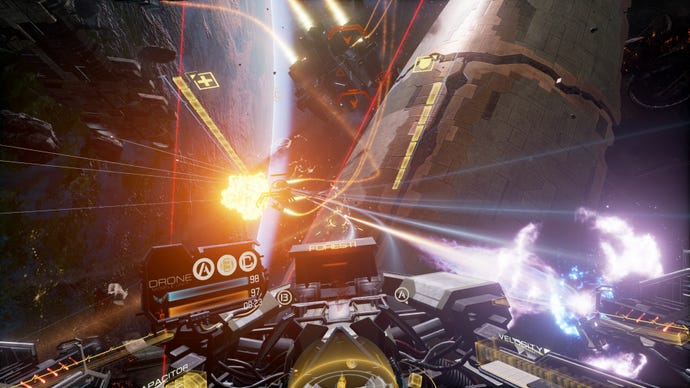Virtual reality requires seven times more power than regular PC games - Nvidia
Virtual reality games don't mess around when it comes to needing hardware juice.
Nvidia said a lot people will need to upgrade their PCs to be able to run virtual reality games at acceptable levels. According to the GPU maker, a 3024x1680 resolution at 90 frames-per-second is the expectation for many VR games, which is well beyond today's standard of 1080p/30 or even 60fps.
This massive leap requires the hardware to back it, which is the reason Nvidia expects a GTX 970 GPU to be the minimum. "Every new generation of GPU will of course bring more performance," Nvidia's director of technical marketing Sridhar Ramaswamy told Polygon.
"But if you want to enjoy VR, the 970 is out — you can just go in and get it — but the 980 Ti will obviously be much better."
The "seven times more power" claim comes from a presentation slide the company is showing at CES this week. Nvidia's VR Ready programme was also unveiled at the show, and it aims to make it easier for users to identify if the hardware they're buying could run VR games.
While Nvidia's argument certainly isn't without merit. The enormous jump in hardware requirements could lead developers to develop games that work well, and show the potential of VR, without necessarily having the graphical fidelity we expect from today's PC games. The launch line-up for Valve's Vive and the Oculus Rift will give us a clearer picture of what's going on in the minds of game makers.


